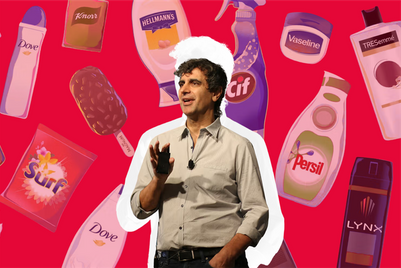
As we find ourselves already halfway through the Expo season, this seems an opportune moment for a little PR recap.
Despite any skepticism and low attending figures at the beginning of the event, with over 32 million visitors and a daily attendance record of 557,200, Expo mania is now in full swing and China's goal of attracting 70 million visitors does not seem far out of reach.
And although the theme 'Better City, Better Life' has not inspired a more convenient queuing system, the country has evidently managed to orchestrate an exceptional event of historical standing.
So what does this success mean to the PR industry?
PR professionals have first and foremost been tearing their hair out trying to attract this Chinese audience to their respective pavilions - and solutions have spread fast across the site.
The celebration of the first, second and even third-millionth visitor has become somewhat of a tradition, while national days have guaranteed each pavilion a moment in the spotlight. These past three months have also taught us that investments in technological innovations - such as Saudi Arabia's 1,600 square-meter screen - can create extraordinary PR successes like daily eight-hour queues. Meanwhile taking a chance on gourmet food like chocolate can enable a country - in this case Belgium - to make profits from its pavilion.
Vacationers haven't been the only centre of attention for the PR world. Eager to engage with China's business environment, the Expo has also become a must-see for international players. Countless heads of state have specially organised visits to China for the occasion. Nicholas Sarkozy, Hilary Clinton, Cristina Kirchner, and Mahmoud Ahmadinejad, just to name a few, have all paid a visit to Haibao. The message is clear: come and personally demonstrate your commitment to strong bilateral ties with China if you want to tap into this market. It will also be interesting to see at the end of the Expo how these countries will measure their return on investment and account for these expenditures.
This probably won't be a problem for the business world as the Expo is clearly working its magic in the field. The event has provided a fantastic platform for Chinese companies. The figures speak for themselves: 47 of the Expo's 58 partners and official sponsors are local companies. And their strategy seems to be paying off. According to search engine Baidu, more than 50 of these partners and sponsors have seen a significant increase in their daily search volumes in comparison to 2009.
Least to say, the Expo has become the PR buzzword in every possible field. It's no ordinary practice for a country to organise an event of this scale. And with the Expo top on the local and national media agenda, it was only natural to expect the PR industry to ride the crest of the wave. Our next challenge, however, will be to ensure that we sustain this momentum for the long term, both on a local and international level.


.jpg&h=334&w=500&q=100&v=20250320&c=1)
.jpg&h=334&w=500&q=100&v=20250320&c=1)
.jpg&h=334&w=500&q=100&v=20250320&c=1)




.png&h=334&w=500&q=100&v=20250320&c=1)








.png&h=268&w=401&q=100&v=20250320&c=1)
